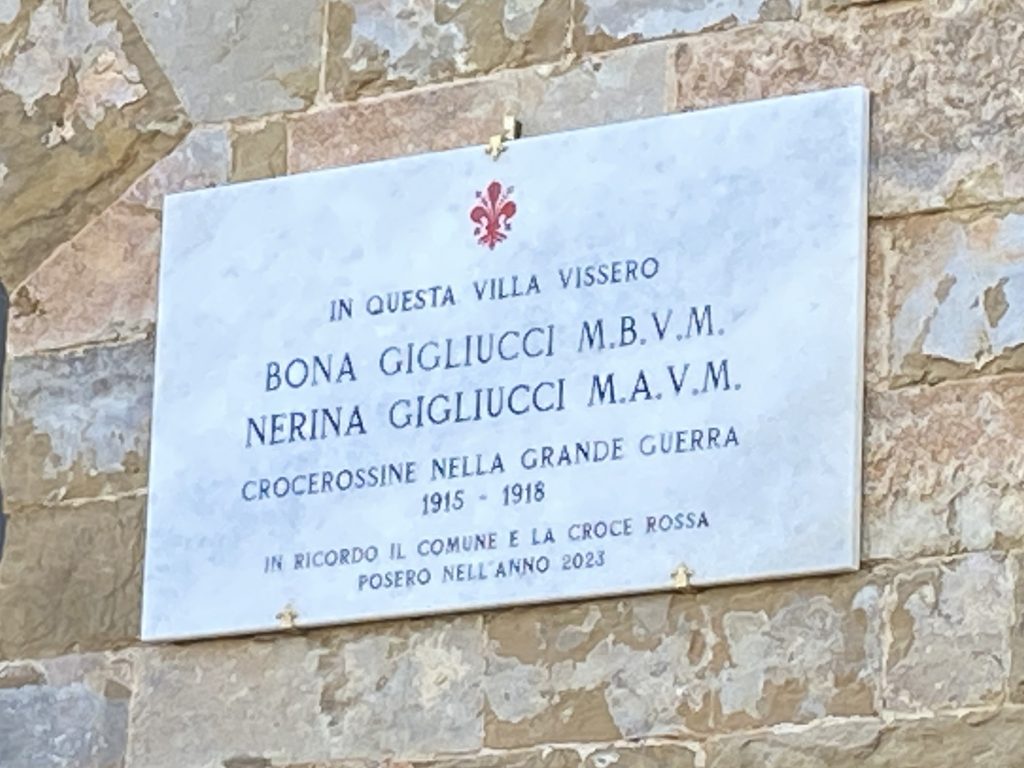By Sylvia Hetzel
On Thursday, February 9, 2023, members of Florence’s city council, the Red Cross, and various cultural/academic institutions joined Program Director Sasha Perugini to inaugurate a commemorative plaque which the City of Florence has installed on the façade of the Villa Rossa honoring Nerina and Bona Gigliucci’s lifetime of service to the Italian Red Cross. Members of the representative delegations spoke of the significant contributions the two women made during their lifetimes, not only as volunteers with the Red Cross, but also as pioneers in the advancement of nursing as a profession, and in the advancement of women in Italian society.
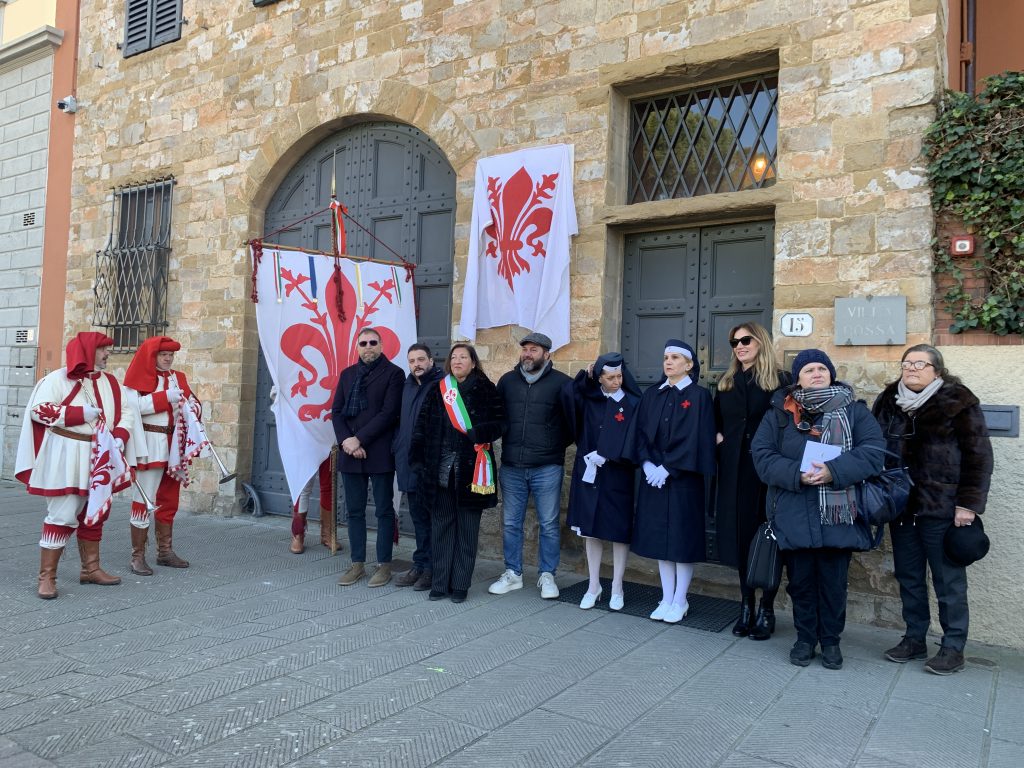
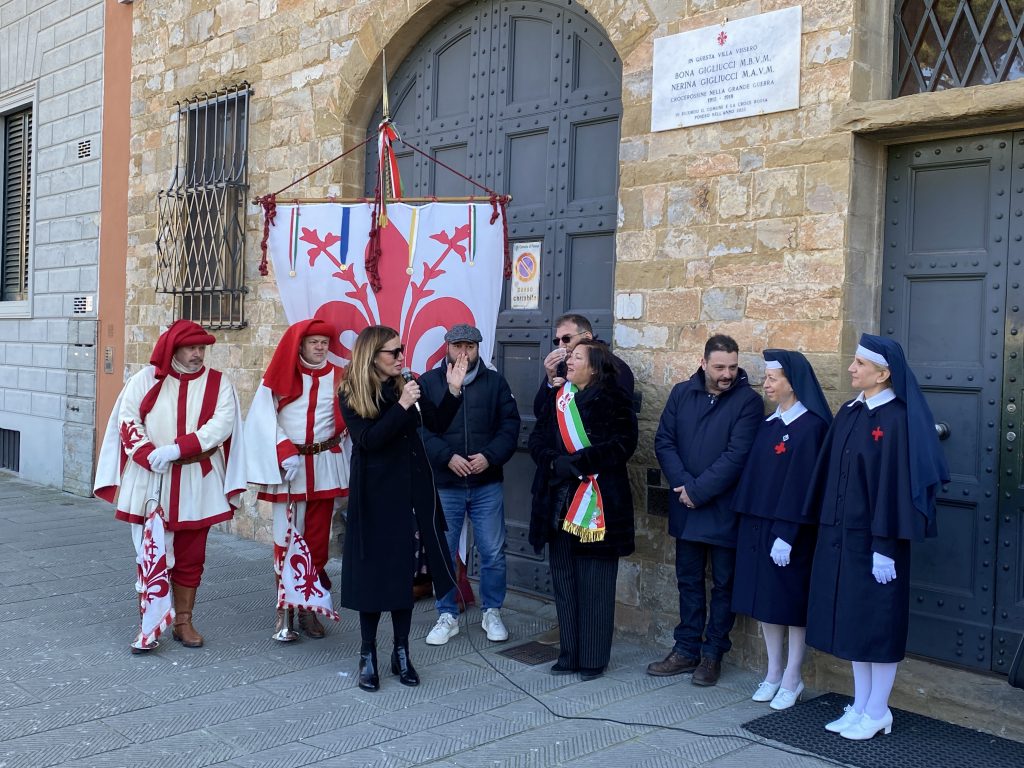
Nerina and Bona, members of the noble Gigliucci family from the town of Fermo (Marche), daughters of Conte Mario, architect and original owner of the building, lived in the Villa Rossa most of their lives. Indeed Bona, affectionately known by Syracuse students in the 1960s and ’70s as “La Contessa,” lived in the villa from age 7 to 96. In 1959, she moved upstairs to a private apartment on the third floor when Syracuse University began renting (and later purchased) the villa for its newly founded Florence program (the Syracuse Semester in Italy). Syracuse and La Contessa shared not only the villa, but over two decades of friendship and reciprocal respect until her death in 1981.
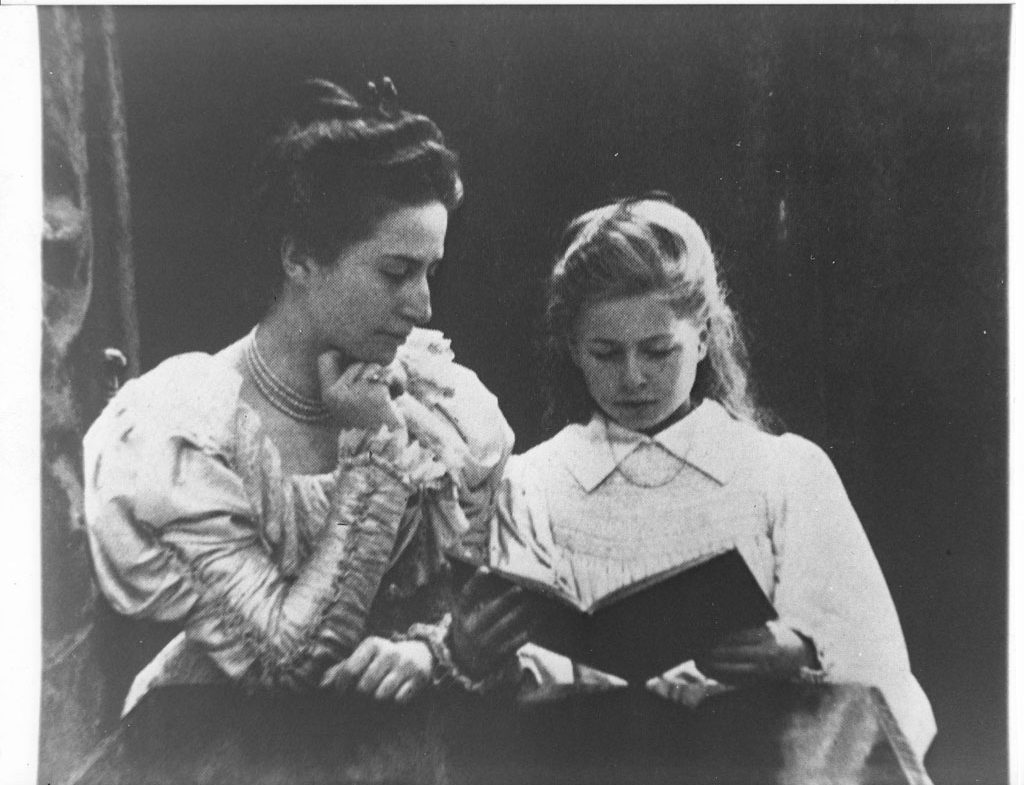
Nerina, the oldest of the two sisters, was born in 1878 and was well known in the intellectual and social circles of Anglo-Italian Florentine society. In 1908, she was a founding member of the first women’s association in Italy created to support the emancipation and professional advancement of women. In 1910, upon graduating from the Italian Red Cross nursing program, she began immediately volunteering in hospitals. Throughout WWI she worked as a field nurse for the Red Cross for which she received the Silver Medal of Honor for Military Valor. In addition to her social, civic, and humanitarian work, Nerina was a notable author, playwright, chronicler, and biographer. After her death in 1963, her younger siblings, Bona and Donatello, collected many of her writings and published them in the volume “Nerina, an Anthology,” which can be found in the Syracuse Florence library.
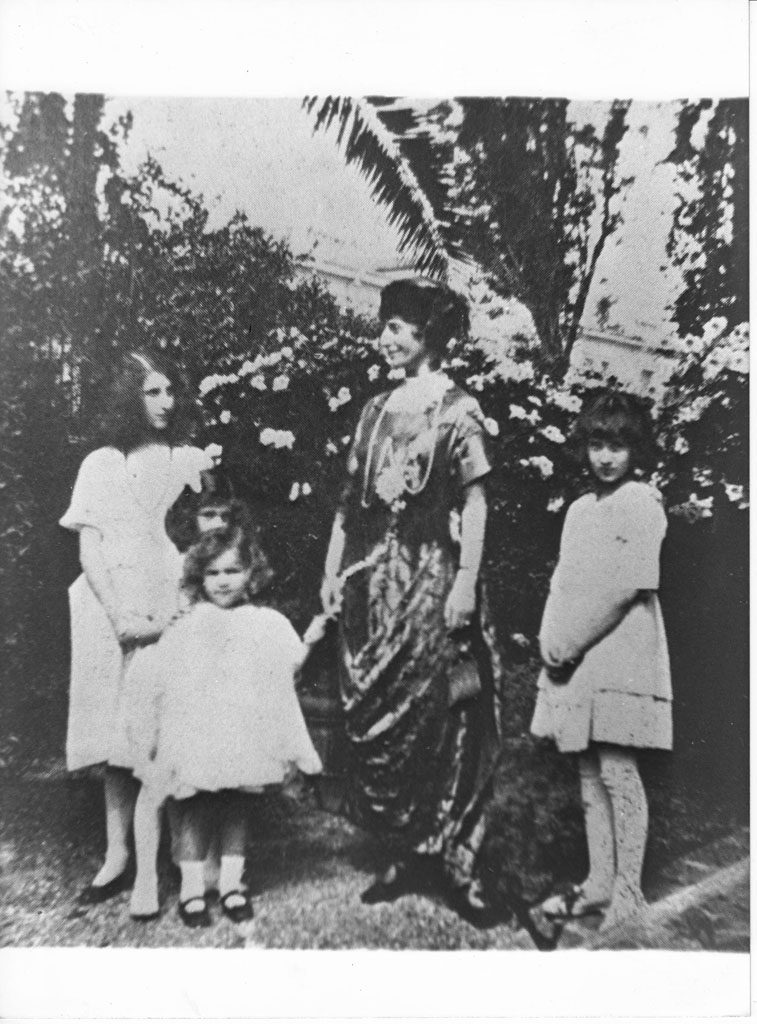
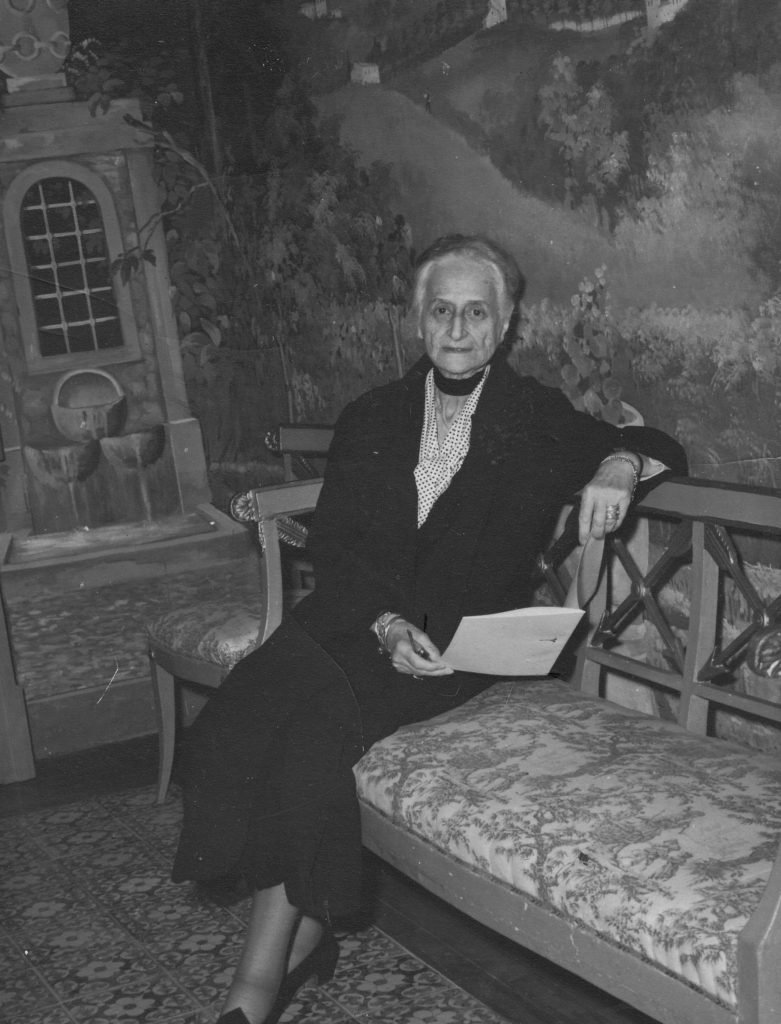
Bona Gigliucci, born in 1885, followed in Nerina’s footsteps, graduating from the Italian Red Cross nursing program in 1917. In 1916, she too was called to serve in the military field hospitals in Italy where she earned a Bronze Medal of Honor for Military Valor. She continued to be active in nursing throughout World War I and World War II and up until 1956. Having always been passionate about art, she was also an accomplished painter and illustrator of children’s books.
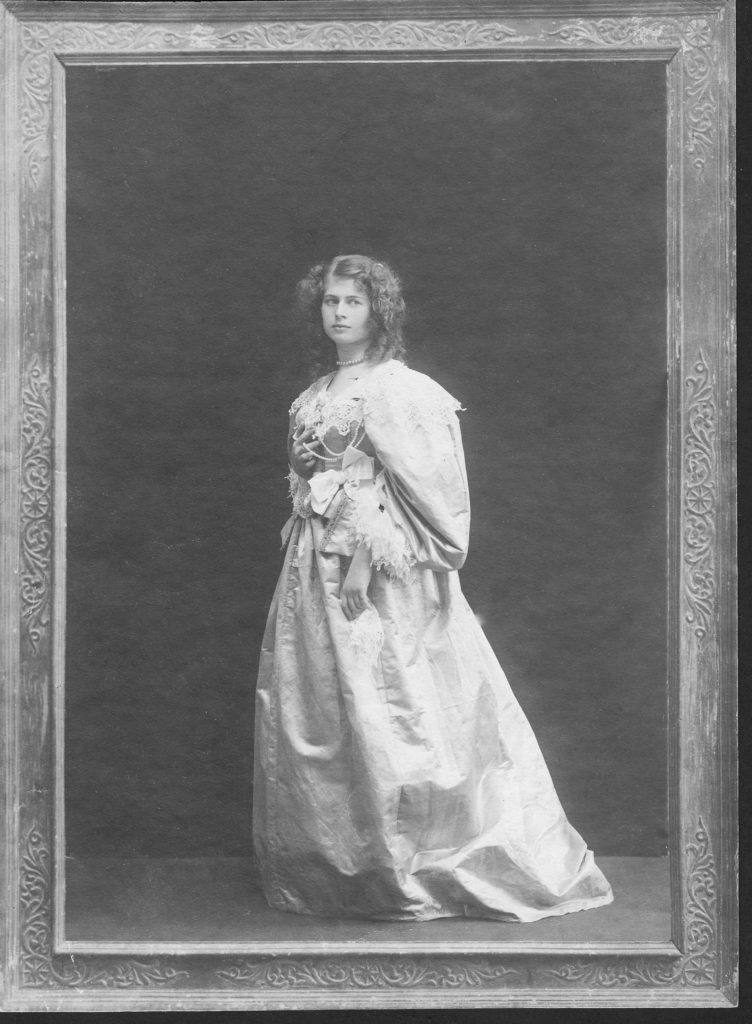
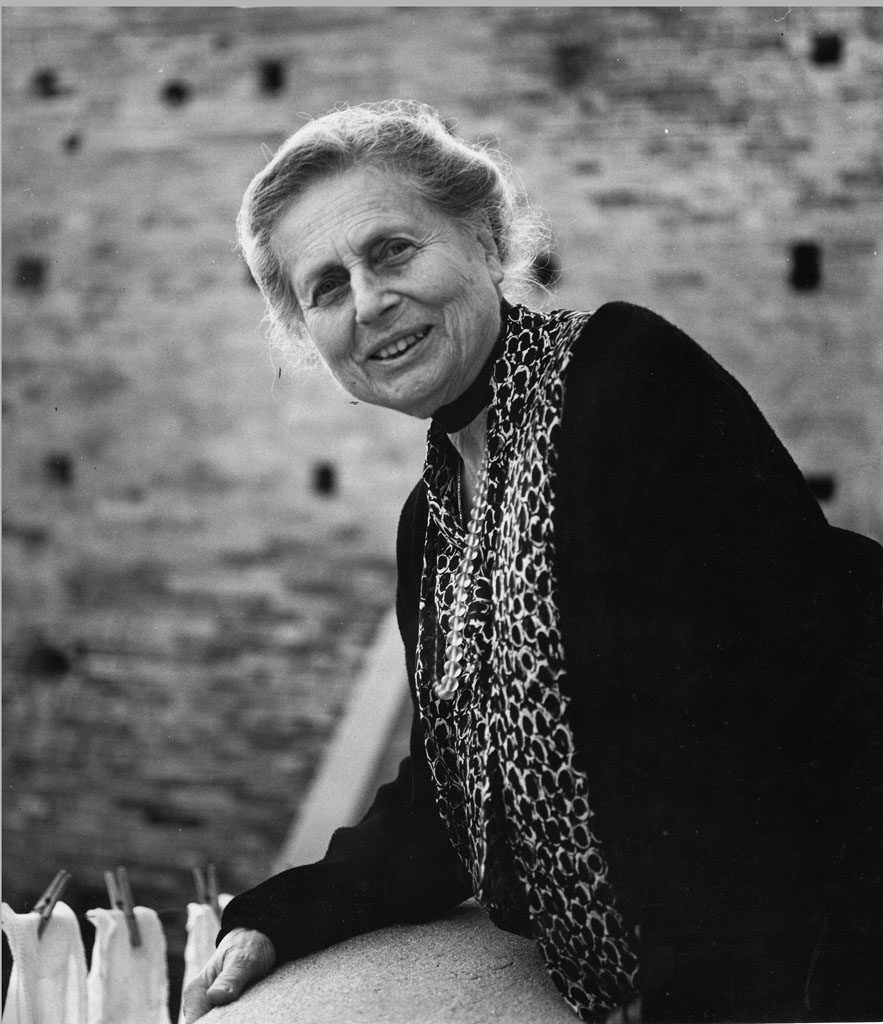
The plaque, which rests proudly on the façade of the Villa Rossa, is yet another reminder of the meaningful relationship that the university established with the Gigliucci family in the 1950s. From the late 1800s to the mid-1900s, the Gigliucci were an important part of the social, intellectual, artistic, and philanthropic fabric of the Anglo-Italian community in Florence. Syracuse University is happy to honor the memory of the Gigliucci sisters and aspires to carry on their dedication to scholarship, culture, and community service.
